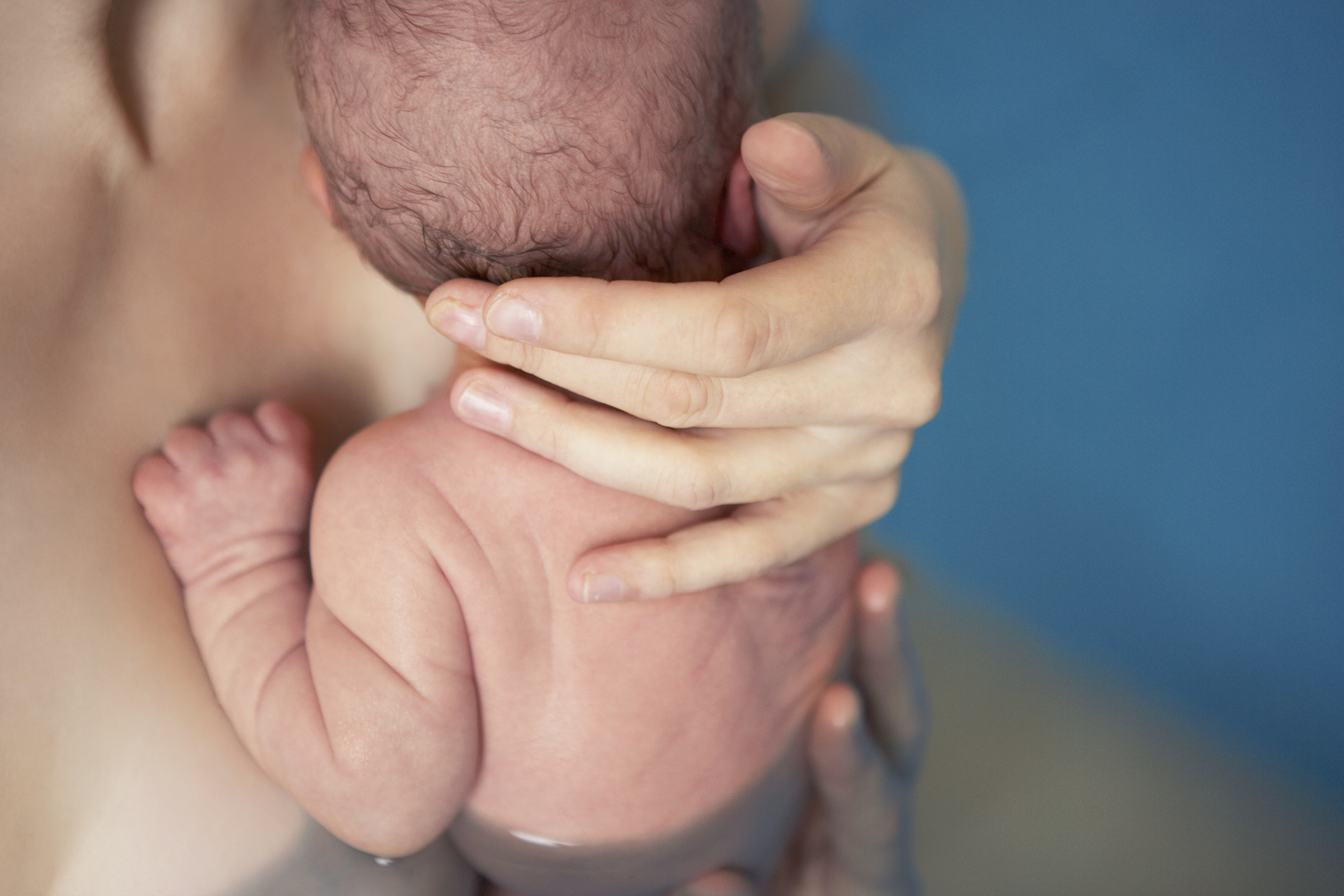
More babies were born at home in 2021 than in any year since at least 1990, according to data published Nov. 17 by the National Center for Health Statistics (NCHS). Following a 22% increase from 2019 to 2020, the number of home births jumped 12% between 2020 and 2021.
While the rate of home births remains small—making up just 1.4% of all U.S. births in 2021—it’s risen by about 2% each year from 1990 to 2019. The NCHS researchers do not speculate about why home births have historically been rising in popularity, but other experts say that it’s being driven by a growing number of women and families who want to make their own decisions about where and how they give birth. The pandemic greatly accelerated that trend.
In West Virginia, home births increased by 49% from 2020 to 2021. Angelita Nixon, a certified nurse midwife there who delivers nearly two dozen babies annually, says she received about twice as many calls during the pandemic from people seeking a midwife for a home birth. Many said they were afraid of getting COVID-19. “People were really scared about being in the hospital—or being anywhere, really,” she says. Some also feared they could be separated from their partner, which was more common earlier in the pandemic. As hospitals curtailed visitors to limit the spread of the virus, home births also gave people the opportunity to give birth surrounded by their support network, including family, friends, and a doula: a non-medical worker who guides and supports mothers through birth.
Read More: You Can Do Everything ‘Right’ and Still Have a Preterm Birth
Many also expressed a desire to have more control over who is present at the birth, what medical interventions they receive, and the space in which they deliver, Nixon says. “A lot of the time, when people go into institutional care, they’re giving up some of their control and autonomy and decision-making authority.” Nixon says many women who turn to home birth do so after having a difficult or traumatic experience in a hospital. “They’re looking for ways to minimize the chance that they would be in a situation where that would happen to them again,” she says.
However, at least some of these births likely took place in dangerous or unplanned situations. Nixon worries that the data could also reflect a rise in unassisted births, where no midwife or doctor is present, especially among drug users who are afraid to be tested for illicit substances at the hospital. When a person fails a drug test while giving birth, they may risk prosecution or forced drug treatment, or losing custody of their child. Additionally, a minority of home births are unplanned; according to a 2019 study published in the journal Birth: Issues in Perinatal Care, about 15% of out-of-hospital births were unplanned.
In most cases, however, home births are arranged by parents and midwives. Rachel Blankstein Breman, an assistant professor at the University of Maryland School of Nursing, says that surveys and interviews she’s conducted before and during the pandemic support the idea that people often feel home births will give them more control over the experience. This is common among people who had medical interventions they didn’t want, like Cesarean sections, during previous hospital births; medical interventions are less common in home births. “I think the pushback is: ‘If I can’t be respected for my wishes in the hospital system, because it’s so medicalized and so intervention-heavy for a normal birth experience, then I will look at a birth center, or a home birth,’” says Breman. “Are you giving birth in a place that’s going to support what you want?”
Experts are divided on whether planned home births are the safest choice, or if births are safer in hospitals. Some research suggests home birth can be safe, and may even provide benefits for mothers. Other research suggests that home births are riskier for babies: twice as many babies die in home births (with perinatal deaths increasing from one per 1,000 births to two), and babies born at home have an increased risk of seizures and neurological dysfunction. The American College of Obstetricians and Gynecologists (ACOG) and the American Academy of Pediatrics both say that hospitals and accredited birth centers are the safest place to give birth, although the ACOG emphasized that “each woman has the right to make a medically informed decision about delivery.”
Black people, in particular, may view home births as safer, says Breman. While most women who give birth at home in the U.S. are white, there was a greater increase among Black women during the pandemic: for them, the number of home births increased from 0.5% in 2019 to 0.82% in 2021. Breman said that most Black birthing people she’s interviewed said they were afraid of dying in childbirth. As of 2020, about 55 Black women died for every 100,000 live births: 2.9 times the rate of white women, according to a 2022 NCHS report.
As home births expand, Nixon and Breman say that more could be done to make births safer. According to Breman, home births tend to be safer in countries where they’re integrated into the health care system, and people can be smoothly transferred into a hospital if there’s an emergency. Meanwhile, hospitals should take more consideration of birthing people’s wishes, says Breman. “In order for there to be good, appropriate care, there needs to be good, shared decision making,” she says. In an optimal system, “there is a clear discussion of risks and benefits—and people are respected and not treated like criminals for refusing an intervention or care.”
More Must-Reads from TIME
- Cybersecurity Experts Are Sounding the Alarm on DOGE
- Meet the 2025 Women of the Year
- The Harsh Truth About Disability Inclusion
- Why Do More Young Adults Have Cancer?
- Colman Domingo Leads With Radical Love
- How to Get Better at Doing Things Alone
- Michelle Zauner Stares Down the Darkness
Contact us at letters@time.com